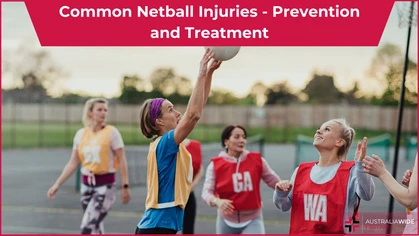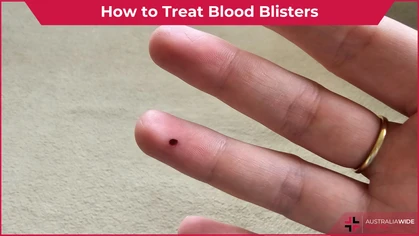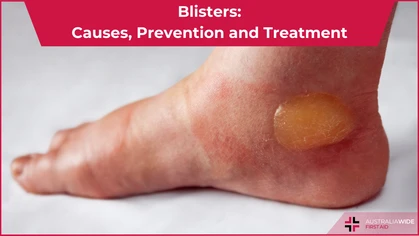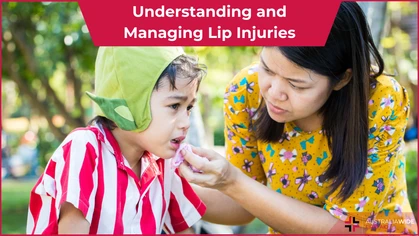Common Online Gaming Injuries and Their Prevention Options

Injury
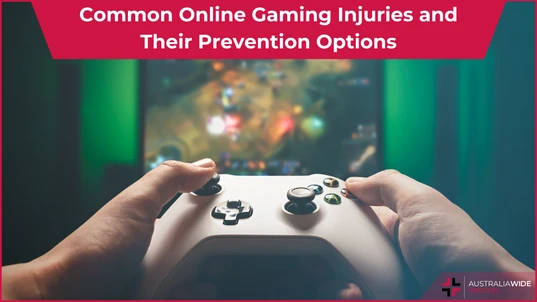 Online gaming is a fun and a potentially stress-relieving activity. Many adults use online gaming as a lucrative means to earn money, but frequent gaming causes accidents and injuries.
Online games can cause various injuries, depending on your gaming platform.
In this article, discover the various prevalent injuries while gaming online, their signs and symptoms, treatments, how to reduce them, and when to seek medical help. Our goal is that this article will help create awareness about safety in online gaming so that you have a great time having fun online.
Online gaming is a fun and a potentially stress-relieving activity. Many adults use online gaming as a lucrative means to earn money, but frequent gaming causes accidents and injuries.
Online games can cause various injuries, depending on your gaming platform.
In this article, discover the various prevalent injuries while gaming online, their signs and symptoms, treatments, how to reduce them, and when to seek medical help. Our goal is that this article will help create awareness about safety in online gaming so that you have a great time having fun online.
What is online gaming?
Online gaming refers to playing video games by participating in virtual gaming experiences through internet connectivity, alone or in the company of players from various locations. Users can use a virtual platform to connect, communicate, and compete in multiple game genres. Online gaming, a widely enjoyed recreational activity or occupation, can result in various injuries due to its sedentary nature and repetitive motions. Common injuries include tripping, falling, experiencing neck and shoulder pain from poor posture, and overuse injuries in the hands and wrists. While we cannot entirely avoid these injuries, we can take some measures to reduce their occurrence. It is crucial to prioritize safety by implementing the necessary precautions. Types of gaming platforms:- Console gaming platform. Players utilize a hand-held controller to navigate the game and typically sit on a comfortable couch or chair.
- PC gaming platform. Players utilize a hand-held controller to navigate the game and typically comfortably sit on a couch or plush chair.
- Virtual reality gaming platform. When gaming, players typically wear headsets and goggles and utilize hand-held controllers.
Gamers Thumb
Tenosynovitis is a condition that causes inflammation in the flexor tendon of the thumb. It is a common injury among gamers, especially console gamers who extensively use thumb sticks, and it can lead to swelling and limited thumb movement. Symptoms include pain, weakness, trigger finger and difficulty gripping. Treatment includes icing, splinting, resting, corticosteroid injections, physical therapy, and surgery for severe cases. It is important to practice good posture, take regular breaks, and engage in exercises for the hands and wrists to prevent any potential issues.Repetitive Strain Injuries (RSI)
RSI is a common concern for gamers, particularly those who play on PCs and consoles. Repetitive actions such as rapid button clicking or prolonged use of a mouse and keyboard frequently cause wrist or hand injuries. Symptoms can include muscle and tendon pain and inflammation, which can lead to numbness, weakness, and even permanent injury if left untreated. Treatments available for gaming-related RSIs include rest, ice therapy, over-the-counter pain relievers, ergonomic adjustments, and physical therapy. Prevention strategies include taking regular breaks, maintaining proper posture, using ergonomic equipment, and performing stretching exercises specifically designed for the hands, wrists, and fingers.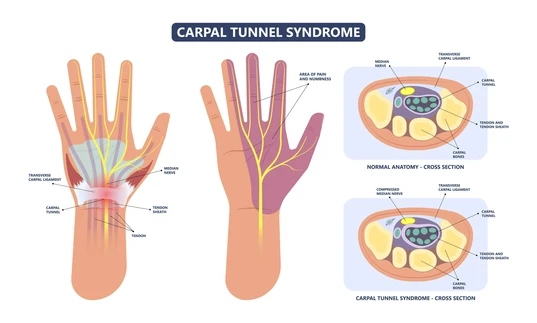
Carpal Tunnel Syndrome
Carpal tunnel syndrome (CTS) is a prevalent hand ailment resulting from compression of the median nerve in the carpal tunnel of the wrist. Symptoms include numbness, tingling, or pain in the hand and fingers, specifically affecting the thumb, index, and middle fingers. There may also be instances where hand weakness and difficulty gripping objects arise. Treatment typically includes resting the wrist, using a splint to maintain a neutral position, and taking nonsteroidal anti-inflammatory drugs (NSAIDs) to alleviate inflammation and pain. In more severe situations, corticosteroid injections or surgery might be required to alleviate the pressure on the median nerve. Regularly take breaks during gaming sessions to rest the hands and wrists. Stretching exercises should be performed on your hands and wrists to alleviate strain and enhance flexibility. Consider using supportive devices such as ergonomic mice and keyboards to reduce strain on the hands and wrists.Tripping and Falling Injuries
Tripping and falling injuries can occur while playing games, especially in virtual reality (VR) environments where users may lose their balance or misjudge their surroundings. Common symptoms include experiencing motion sickness, feeling nauseous, experiencing dizziness, straining the eyes, developing a headache, and ultimately resulting in falls and physical injuries. Treatment Includes taking time to rest. Taking breaks from VR sessions and considering using anti-motion sickness medication can be helpful. If you experience eyestrain and headaches, it might be beneficial to take breaks and rest your eyes, consider using eye drops, or adjust your VR device's settings to ensure a more comfortable experience. Regularly take breaks during gaming sessions to rest the eyes and prevent fatigue. Always stay hydrated to avoid headaches and dizziness. Clearing the play area of obstacles and ensuring adequate space for movement can help prevent tripping and falling injuries.Eye Strain
Eye strain also results from online gaming due to extended screen time without breaks and symptoms like dry eyes, headaches, and blurred vision. To treat it, use eye drops and adjust the screen setting for comfort. You can learn more about eye strain in our article: Eye Strain: Symptoms, Treatment, Causes and Prevention.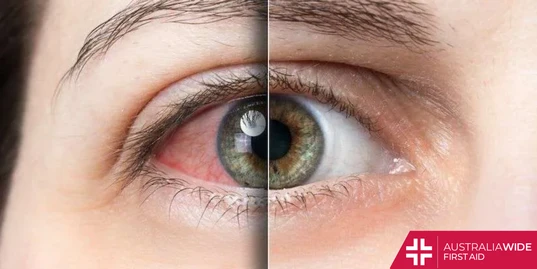
Addiction
Addiction can be considered another form of online injury. Excessive online gaming can lead to addiction, which is a significant concern for mental health. Addiction to online gaming can result in social withdrawal, neglect of personal hygiene and responsibilities, disrupted sleep patterns, mood swings, and impaired academic or occupational performance. Additionally, it may contribute to the development of anxiety, depression, and other mental health issues. Exercise is a preventive measure. Establish clear boundaries for gaming sessions and stick to them. Foster open communication with family and friends about gaming habits and concerns, and if they persist, seek professional counselling.Conclusion
We cannot ignore the reality of online gaming injuries, but there are ways to lessen their impact. Implementing the preventive measures outlined in this article can be highly beneficial. Education is vital to preventing online gaming injuries, as it allows gamers to take proactive measures to protect their well-being and avoid any negative consequences. If the injuries remain a problem after receiving treatment at home, it is essential to consult a medical professional.
Originally published at
https://www.australiawidefirstaid.com.au/resources/common-online-gaming-injuries-and-their-prevention-options
as part of the Australia Wide First Aid Articles Library




